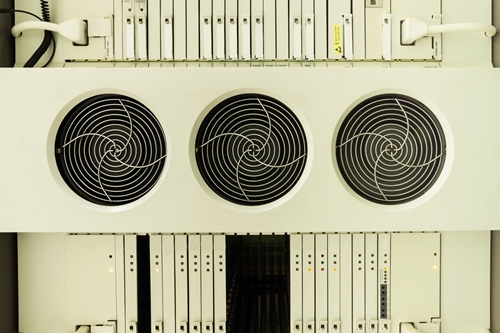
Because the agency is responsible for safeguarding sensitive data on a massive scale, the National Security Agency often drives advancements in data center design. In their most recent attempt to further data center cooling efficiency, the NSA has begun experimenting with immersion cooling. Currently, several of the agency's servers have been placed in a tank of a fluid bearing many similarities to mineral oil.
"Cooling computer equipment by using oil immersion can substantially reduce cooling costs: in fact, this method has the potential to cut in half the construction costs of future data centers," the agency told Data Center Knowledge.
The NSA's data center in Bluffdale, Utah, consists of more 100,000 square feet of data center space, and cost more than $1.5 billion to build. The agency hopes that its new immersive cooling technique will help save on cooling costs.
Liquid cooling techniques are normally associated with high-performance computing (HPC) that have cooling needs that often outstrip current air cooling capabilities. As more services adopt this technology, liquid cooling has increased in popularity, and is becoming a much more common aspect of data center architecture.
Green Revolution, the organization that is assisting the NSA with development, told Data Center Knowledge that its liquid-filled enclosures can cool high-density server installations for a fraction of the cost of air cooling in traditional data centers. According to the organization, the mineral oil used in the cooling tanks is able to hold more than 1,000 times more heat than air, and can support loads of 30kW per rack. This is a significant advantage over air cooling, which normally is able to cool up to 15kW per rack.

